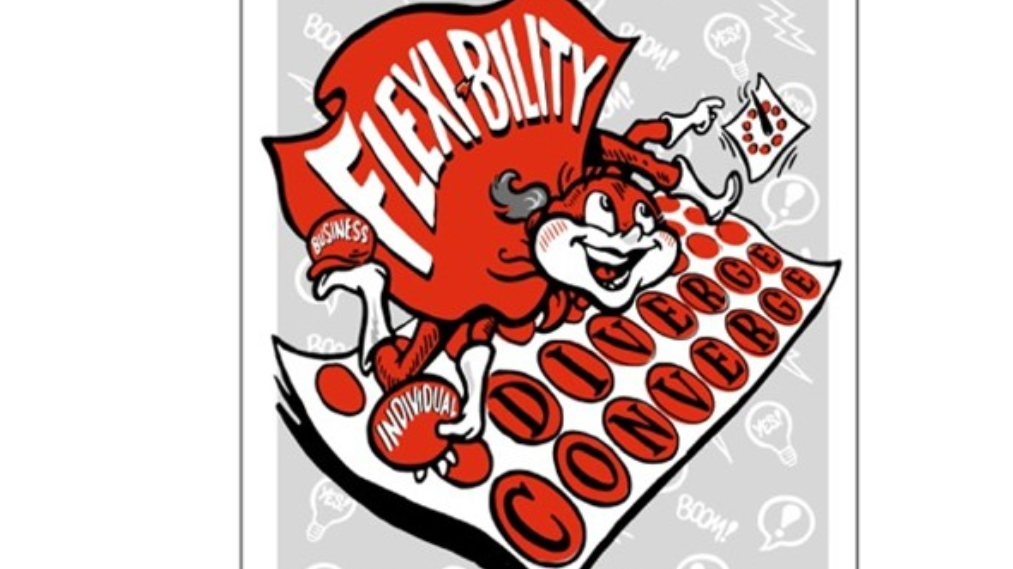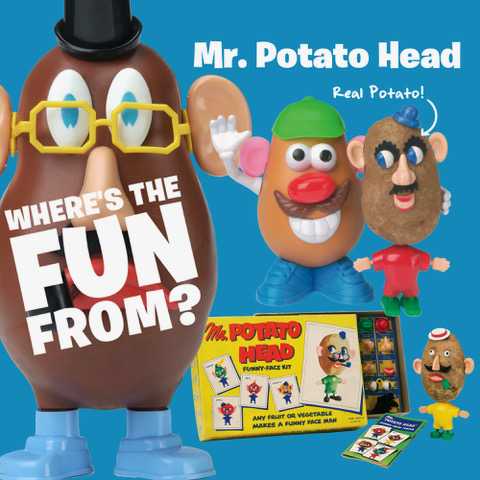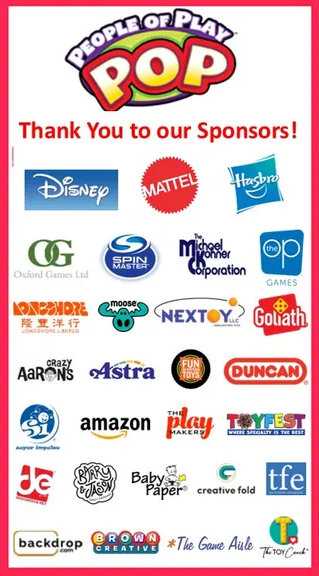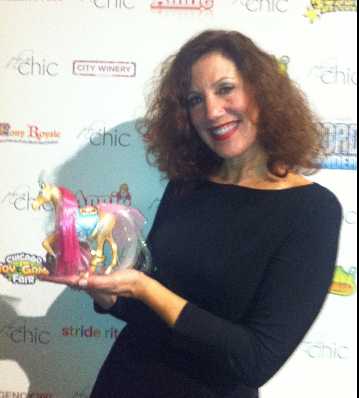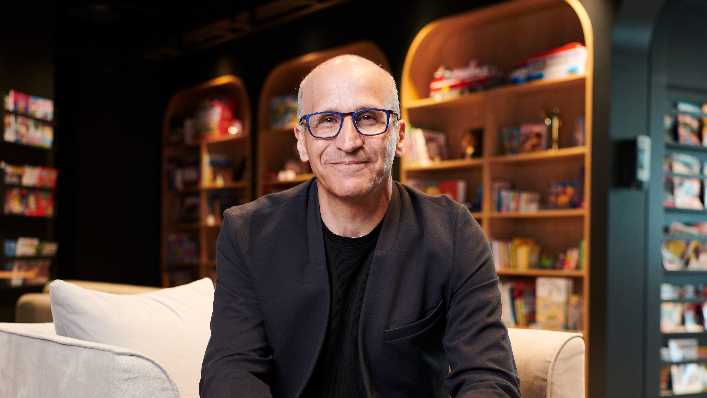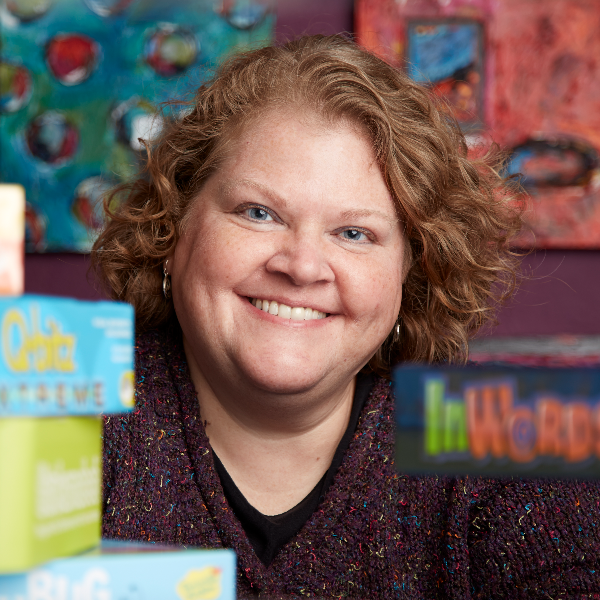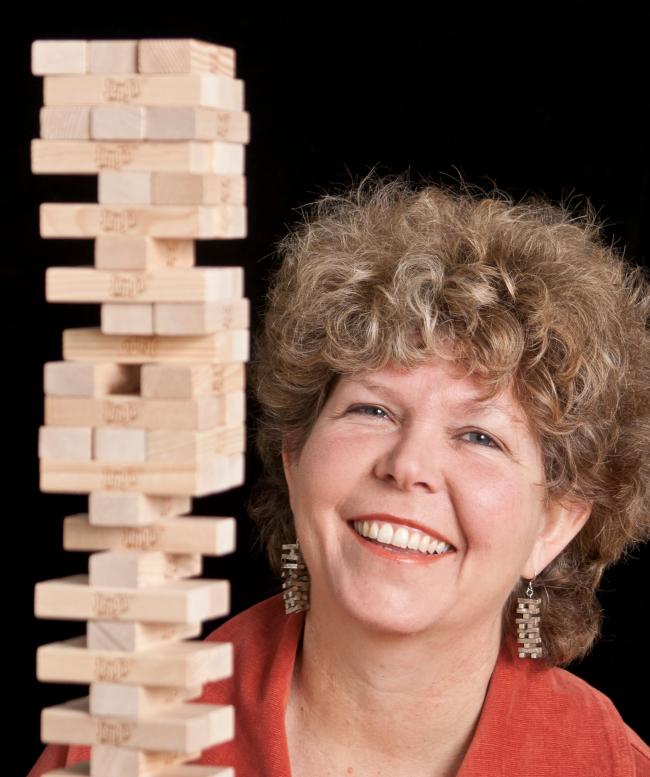Cape-abilities: Flexibility. These blog posts are based on my book concept Cape-abilities. Each week, I will take you through a chapter of the book complete with some exercises and provocative questions to help you think differently and get unstuck. Last week I posted about vulner-ability. If you missed it, please go back and check it out to help yourself learn how being vulnerable can help you really be open to fresh thinking and get better results.
How To Put On Your Cape-abilities
In these lessons, you’ll continue to find strategies that you can use to shake up your thinking and unleash your innovation super powers. Each chapter defines a tool you need, gives you a summary of what that tool can do for you, some questions that stir your thinking, and an exercise to get you started using the tool. You can either use the tools from start to finish to understand all the tools in your toolkit or you can pick up any tool — play around, use it, and discover how it works for you.
The next ability in our Cape-ability series is … Flexibility
Volucabulary.com defines flexibility as the quality of being adaptable or variable.
My definition is: The ability to be open to change. Being bendable (without breaking) allows you to be pliable and open to new ways to think about challenges.
Lots of things can have flexibility. Pipe cleaners (or the now politically correct “chenille stems”) are designed for flexibility. A piece of software can boost flexibility when it can be used in different ways by different people. If you are really busy with school, sports and activities, your schedule won't have much flexibility. Please don't get fixed on one set idea — show a little flexibility and listen to others.
Of course, it takes some stretching but when you can be flexible, it helps meet business and individual needs. Individuals learn new tools to apply. Being flexible during the creative process allows individuals to easily move between being divergent (thinking expansively) and being convergent (thinking reductively). It seems so easy to go between those two types of thinking, but it is not. They don’t mix well together. We often ask what kids do better than adults … they play, imagine, don’t judge, ask questions (especially why!), think crazy thoughts. When you are thinking like that, you are being divergent. When you think more like an adult, making choices … you are analyzing, prioritizing, judging ideas, and planning … then you are being convergent. Both are part of the creative process and BOTH require flexibility and openness.
Businesses who encourage flexibility benefit as working conditions constantly change. It’s important to be open and adaptable when colleagues are pitching new ideas. If you use the basic rules of improv comedy, it can help you become much more flexible. The first rule is to agree even if you’re not sure you agree. Saying “Yes, and . . .” and building on each other’s thoughts will lead to rich, robust ideas. If you say no right away, your ideation will come to a screeching halt and you have no clue where your idea could have gotten to. Another rule of improv to apply when being flexible is to remember that there are no mistakes, just opportunities. When you are ideating, there are no bad ideas. Everything said can be a springboard to a whole other brilliant thought. Be open enough not to judge ideas too early. You have to be adaptable to make this concept successful. You cannot marry your own ideas. Rather, nurture ideas, pet them, feed them, and care for them in order to get the next, better iteration.
“Creativity has always depended on openness and flexibility, so let us hope for more of both in the future.” - Siri Hustvedt
Provocative Q’s to ask yourself:
- Do I adapt to change easily or does it scare me?
- How do I deal with surprises?
- When someone offers another iteration of my idea, am I open to listening to it or do I dig in my heels?
Okay… now let’s explore some …
Exercises to become more flexible in your thinking:
- Practice the creativity behavior of Freshness. Freshness is all about getting inspiration by doing something a little differently. It’s funny … I know my last name is Garman so it stands to reason that I should have an internal GPS built into my body, but not so. I get freshness organically all of the time because I will look up while I am driving and go, “hmmm… where am I? I’ve never been on this road before, oh that’s an interesting building, or I never knew that business was over here.” Freshness can come from anywhere or anyone… you can also get freshness from conversations with strangers or even people you already know. Freshness comes from that unplanned collaboration, so be flexible and open to that freshness.
- Get new context by:
- Taking a walk – around the block, in the woods, by the water, in the city, do a walking meeting
- Doing some sensory techniques. Stop and smell the roses – literally. Close your eyes and listen. What do you hear? What don’t you hear?
- Become tactile and touch things to get different perspective.
- Watch a different genre of show or movie than you typically watch.
- Try something you’ve never tried before:
- Experience a different restaurant or menu item
- Take a dance class
- Go zip lining
- Ask questions. Children ask “Why?”47 times because they will eventually get a different answer. Ask who? What? Why? Where? How? And then, ask why? Why? Why?
- Be spontaneous! If someone calls last minute, don’t stay home to wash your hair or do your laundry. Go do something different today and buy new panties tomorrow.
- Plan time to think. We never do this because we’re too busy checking our devices and going from meeting to meeting. Indulge yourself and sit for a few minutes just to think. I do some of my best thinking on airplanes. I just unplug, chat with those around me and then put on some music and think! Find your place to go and be inspired.
Being flexible can get you to some really groovy and inspiring thinking! So practice being flexible in your thoughts! In my next blog post, I’ll be covering adapt-ability in our Cape-ability series.
--gert--
Recent Blogs
Recent Blogs
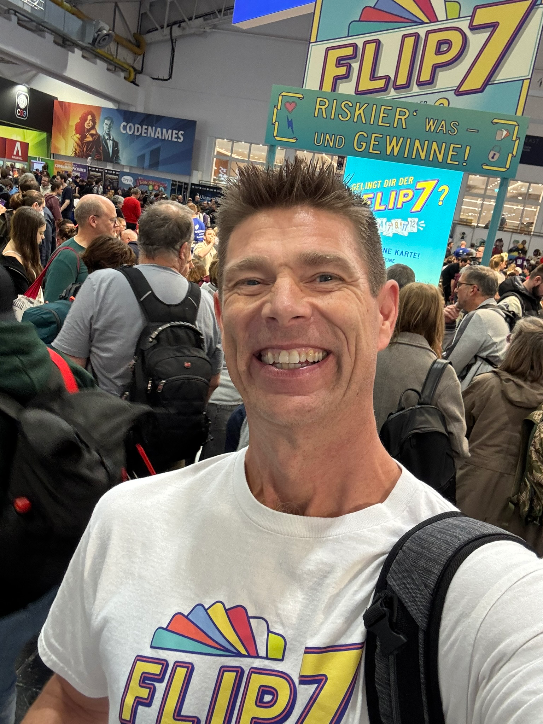
Biographies and Interviews
Catching up with Eric Olsen, The Inventor of Flip 7 and Co-Creator of Messy Table Games
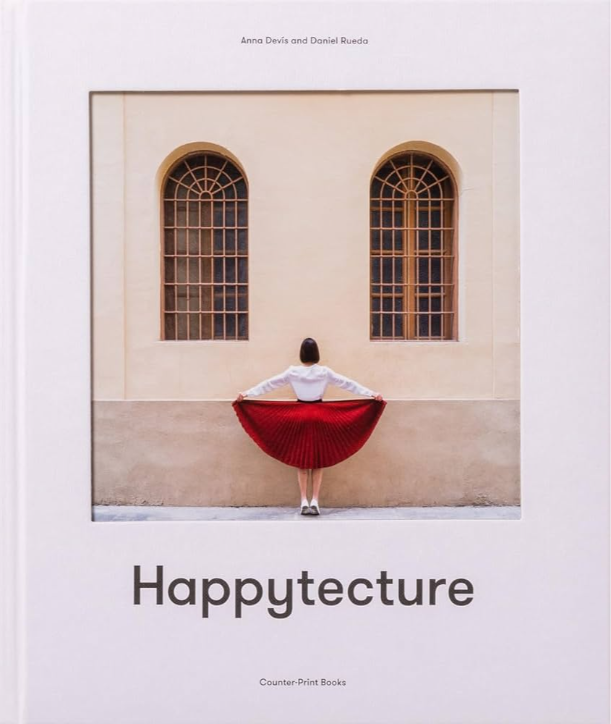
Reviews
Book Review: Happytecture by Anna Devís & Daniel Rueda

Biographies and Interviews
From Stage Lights to Game Nights: McMiller’s David & Julian on Shark Tank (Dec 10th), Viral Success & Building a Business With Your Husband
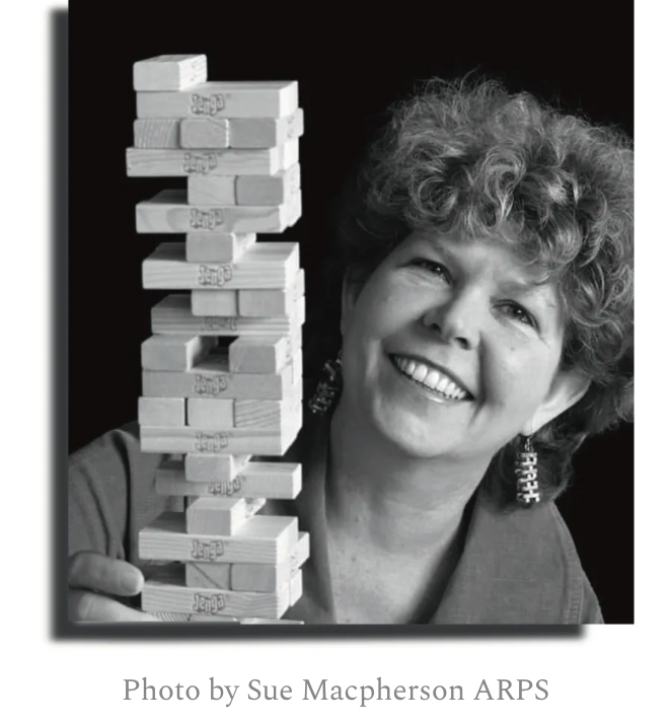
Press Release
Leslie Scott (creator of Jenga) announces the launch of BOUNDLESS PLAY

Press Release
New Study Highlights the Importance of Shopping from Trusted Toy Brands & Retailers this Cyber Monday
See more
Recent Wiki
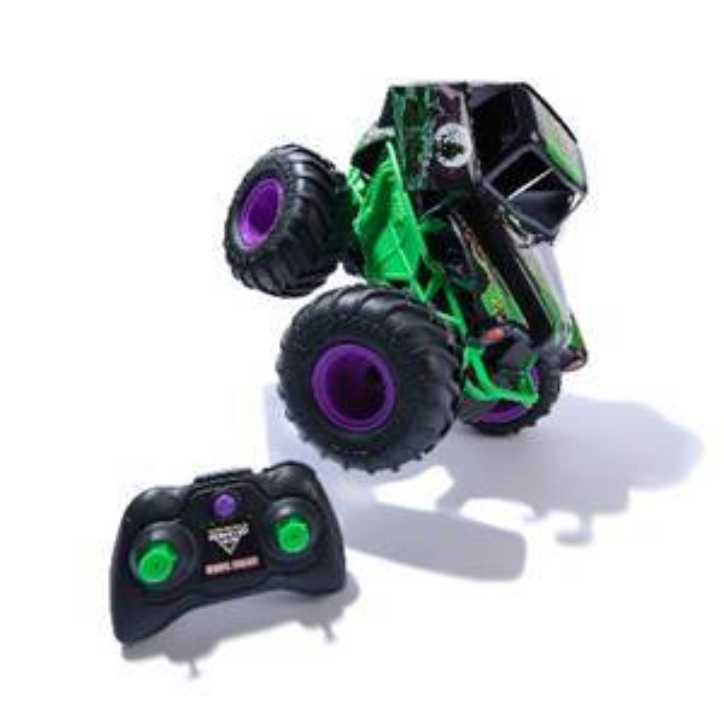
BOOK REVIEWS
Toy Review: Monster Jam Smash & Bash Grave Digger Monster Truck
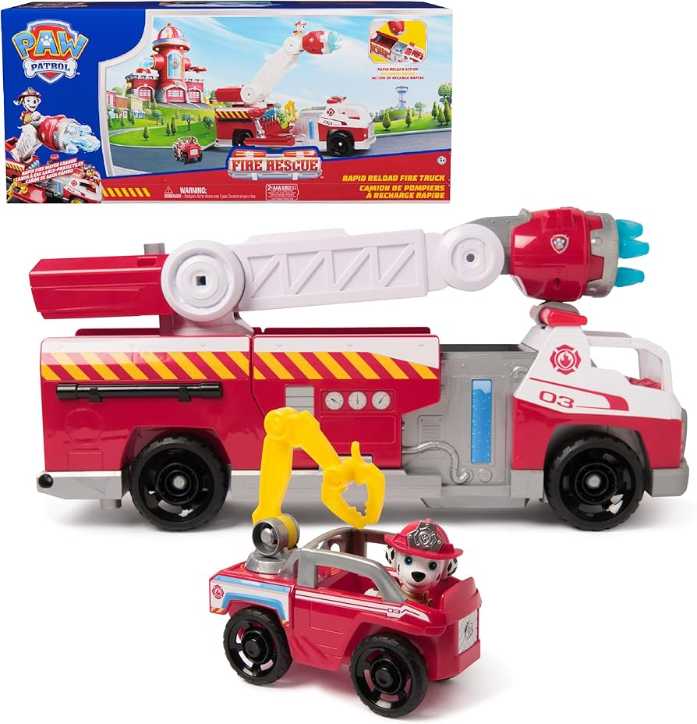
BOOK REVIEWS
Toy Review: Marshall's Rapid Rescue Fire Truck
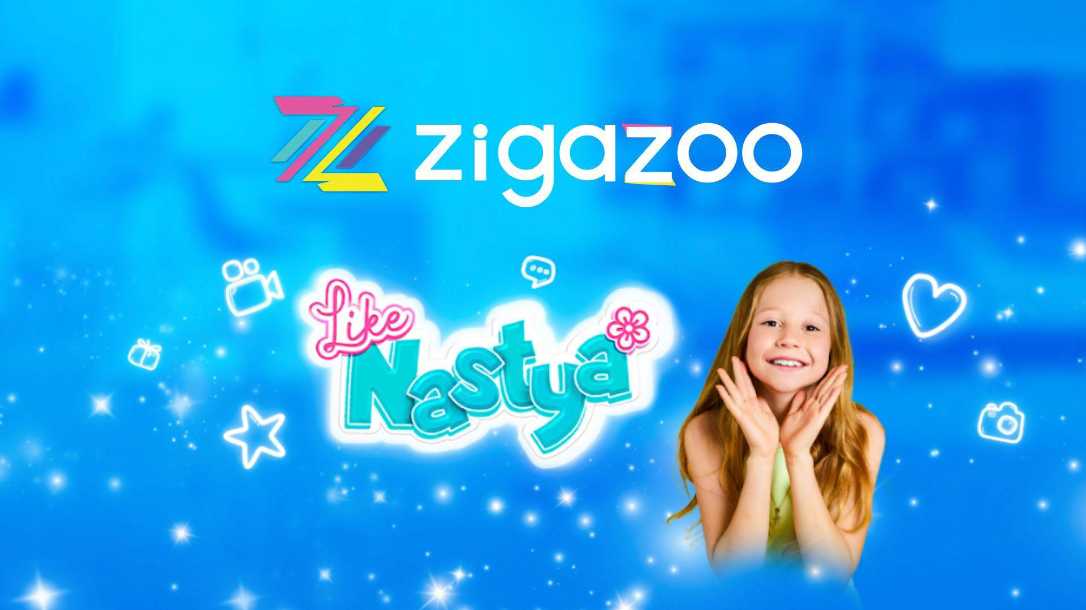
COMPANIES
Zigazoo Secures Partnership with YouTube Star Like Nastya to Inspire Millions of Kids
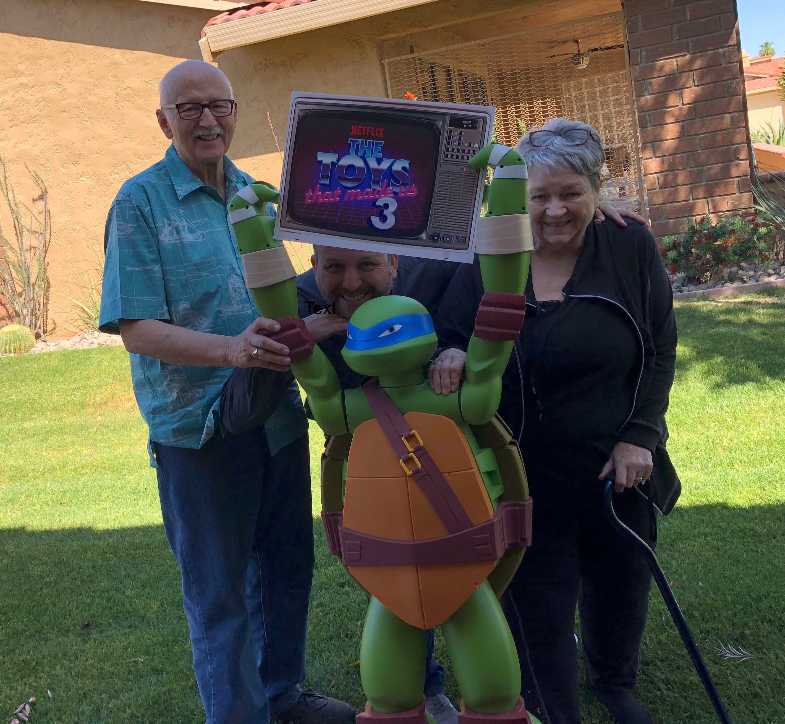
PEOPLE
A Legacy of Play: Inside the Carlson Family’s Multi-Generational Journey Through the Toy Industry
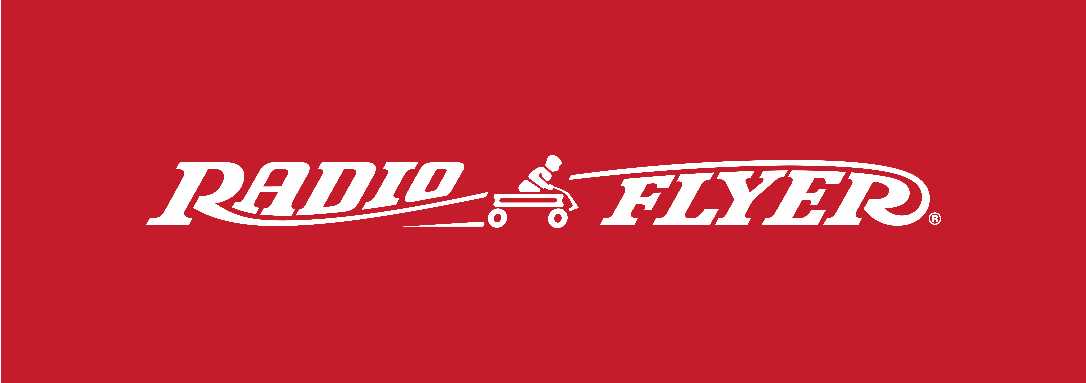
COMPANIES
Radio Flyer Studios Announces the Launch of its First Original Animated Series, Max & Maple: The Can-Do Kids
See more
POP's Got Talent

POP Entertainment
Randy Klimpert Shares his Ukulele Collection

POP Entertainment
Steve Casino Peanut Art

POP Entertainment
Everyone's Talking about POP!
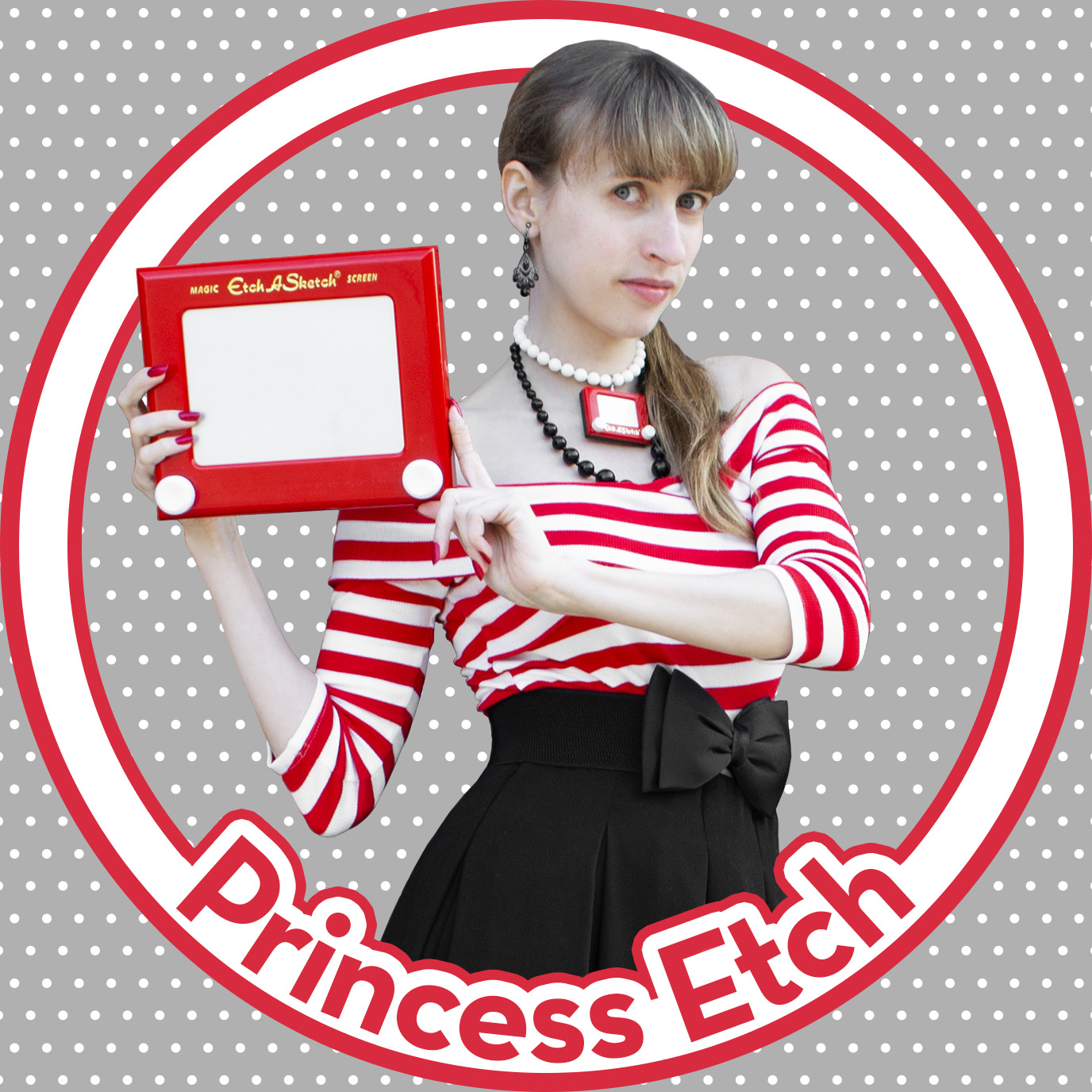
POP Entertainment
Princess Etch - a Multi-Talented Etch A Sketch Artist
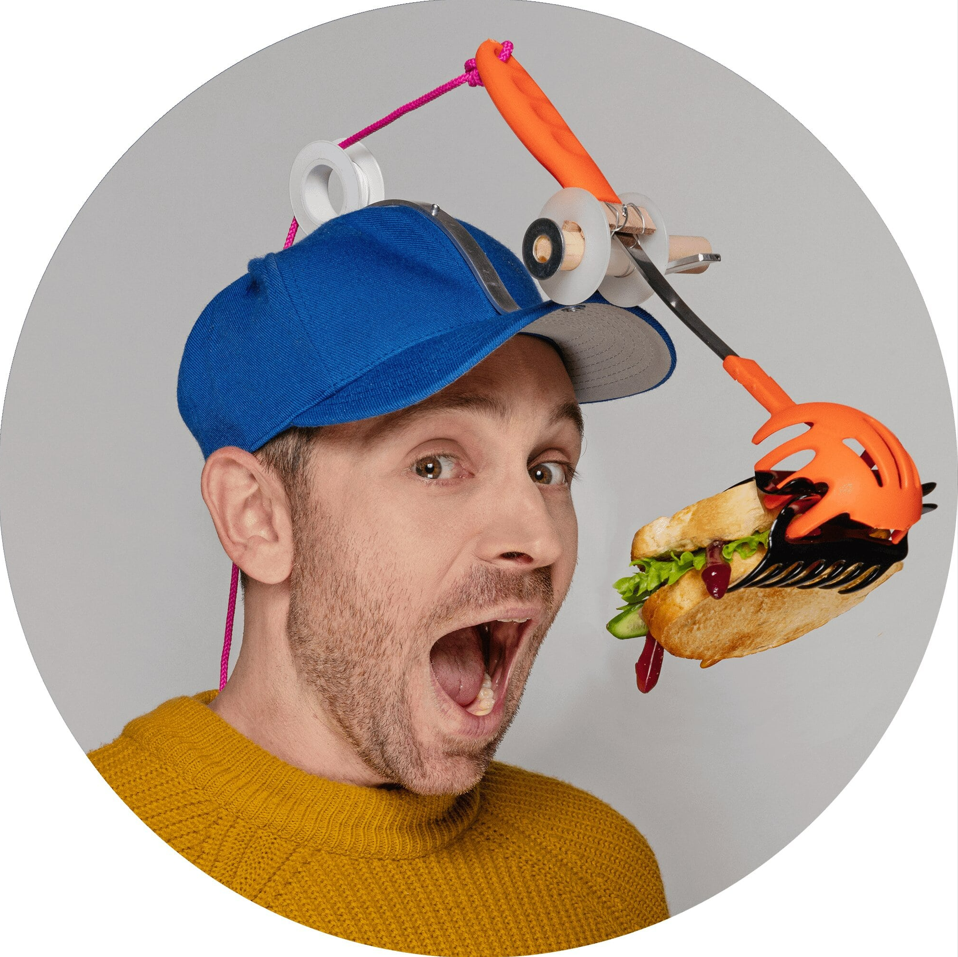
POP Entertainment
Joseph Herscher of Joseph' s Machines.
See more
Recent POPcast
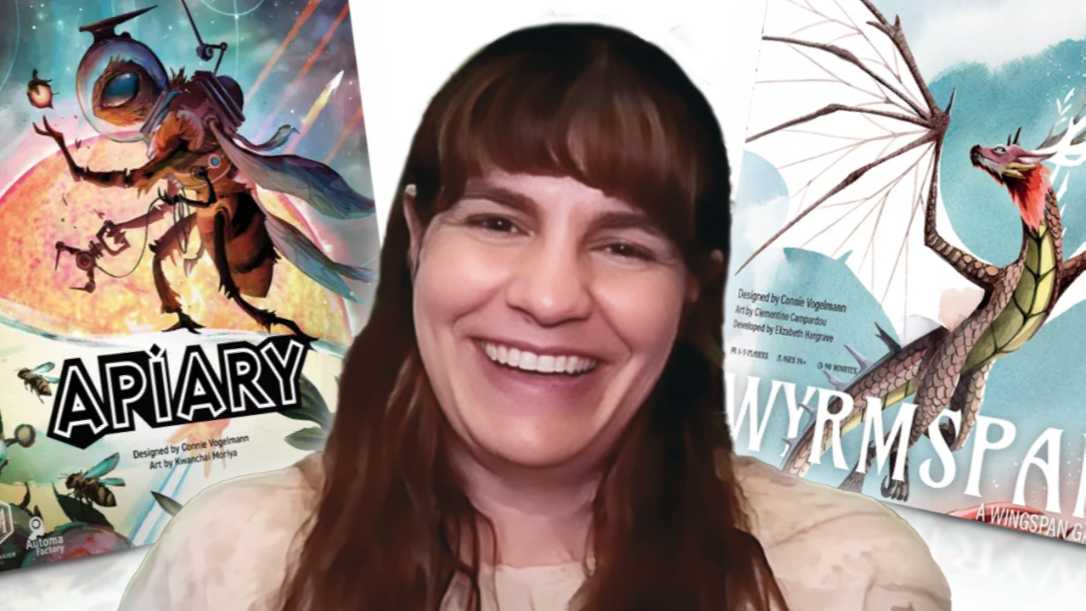
Hidden Role: The Brains Behind your Favorite Games
Connie Vogelmann designed Apiary & Wyrmspan!

Hidden Role: The Brains Behind your Favorite Games
Bob Fuhrer... Is THE Crocodile Dentist!

Hidden Role: The Brains Behind your Favorite Games
Tom Dusenberry... Bought Atari, Wizards of the Coast, and Avalon Hill!
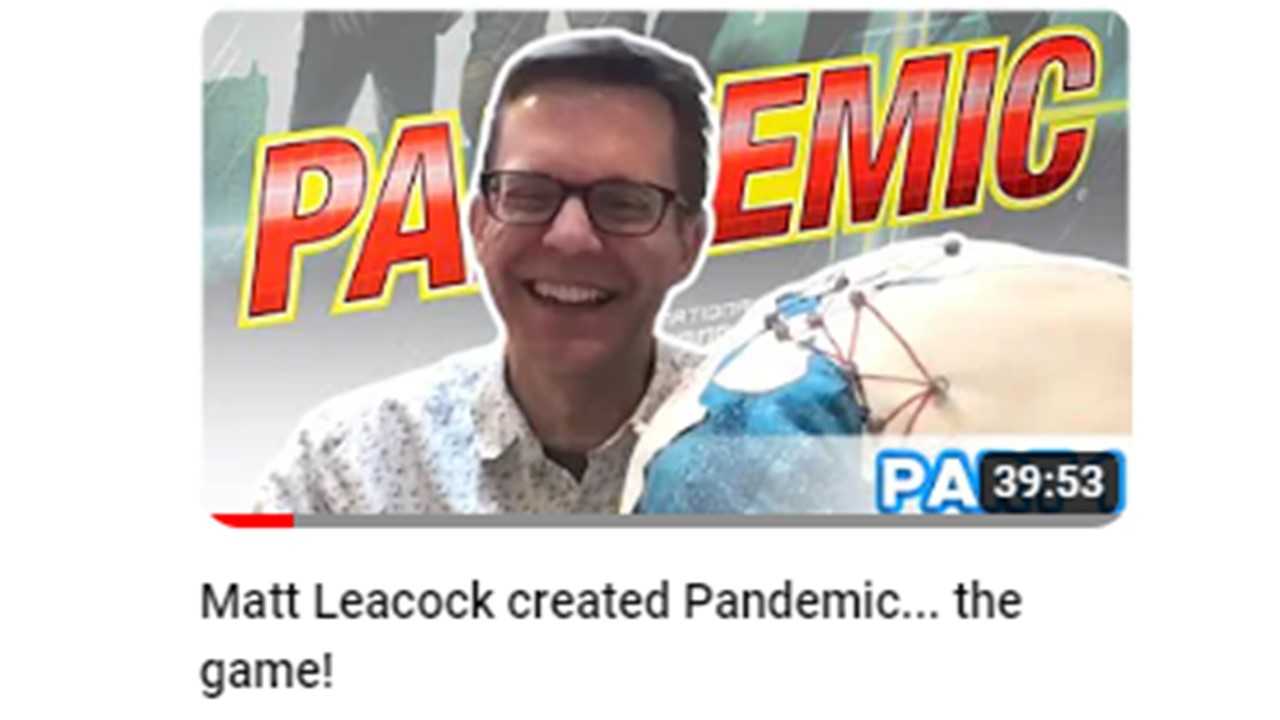
Hidden Role: The Brains Behind your Favorite Games
Matt Leacock created Pandemic... the game!
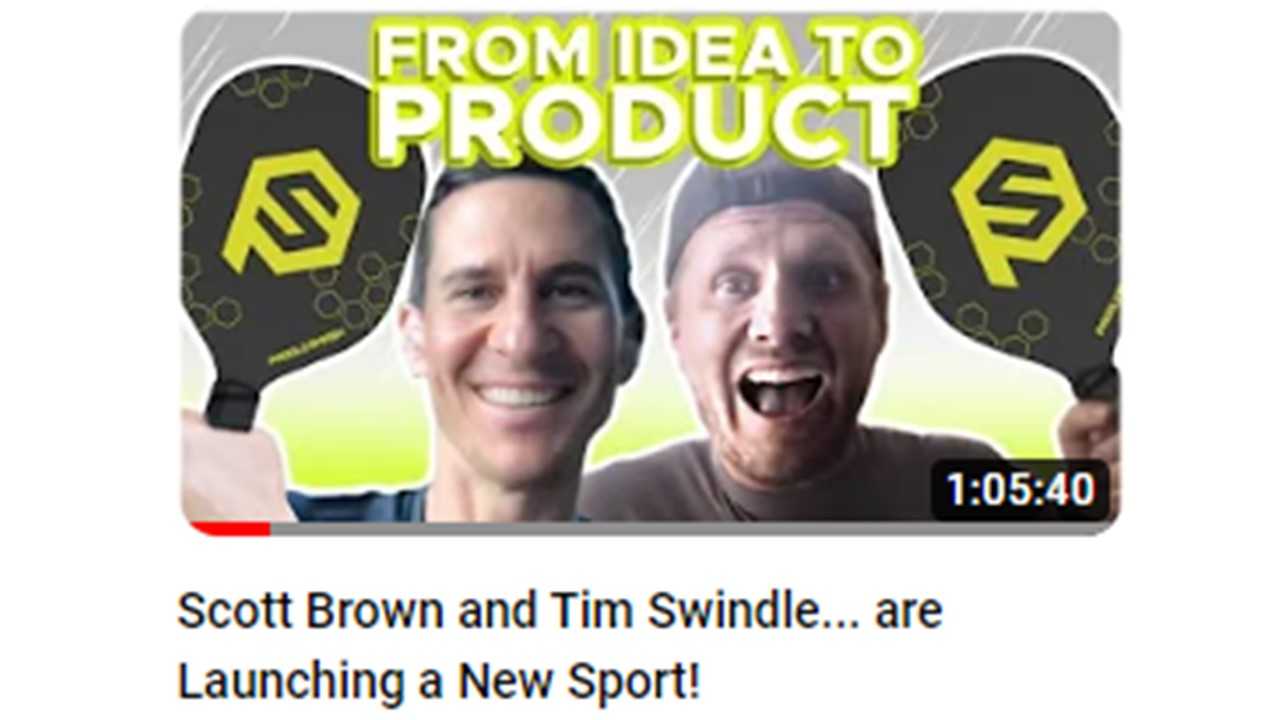
Hidden Role: The Brains Behind your Favorite Games
Scott Brown and Tim Swindle... are Launching a New Sport!
See more
POPDuos

POPDuos: Interviews with Legends and Leaders
POPDuo: Richard Dickson, Mattel’s President & COO, and Kedar Narayan, Young Inventor Challenge AMB

POPDuos: Interviews with Legends and Leaders
POPDuo: Will Shortz and Josh Wardle

POPDuos: Legends and Leaders Explore Creativity
POP Duo: Elan Lee, Co-Founder, Exploding Kittens.and Jeff Probst, Host and Exec Producer, Survivor

POPDuos: Legends and Leaders Explore Creativity
POP Duo: David Fuhrer, MNG Director, Blue Sq Innovations & Shawn Green, past Dodgers & Mets MLB Star

POPDuos: Legends and Leaders Explore Creativity
POP Duo: Bob Fuhrer, Founder, Nextoy and Tom Fazio, Golf Course Designer
See more




